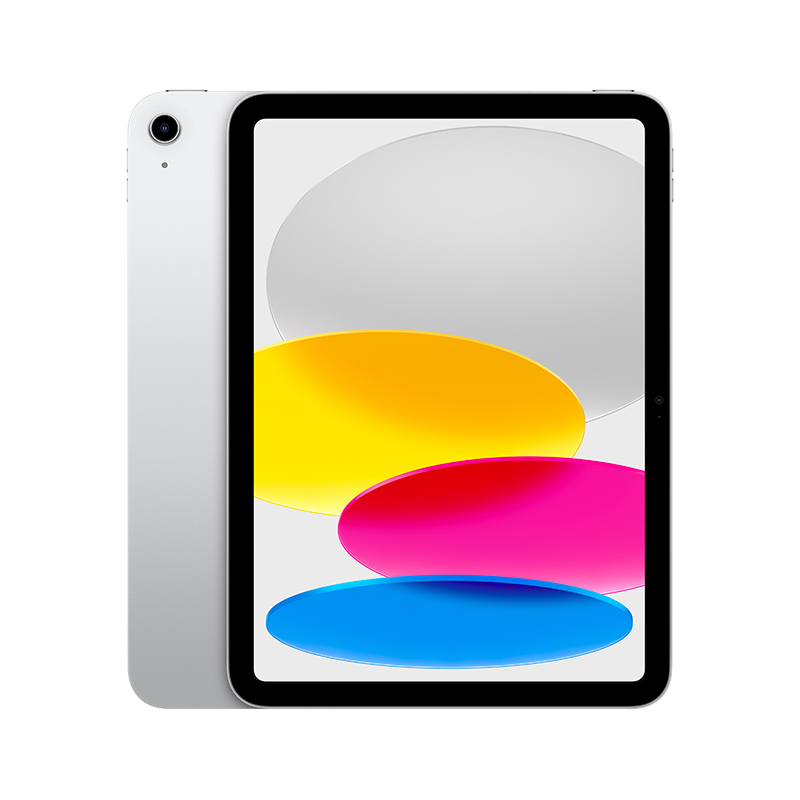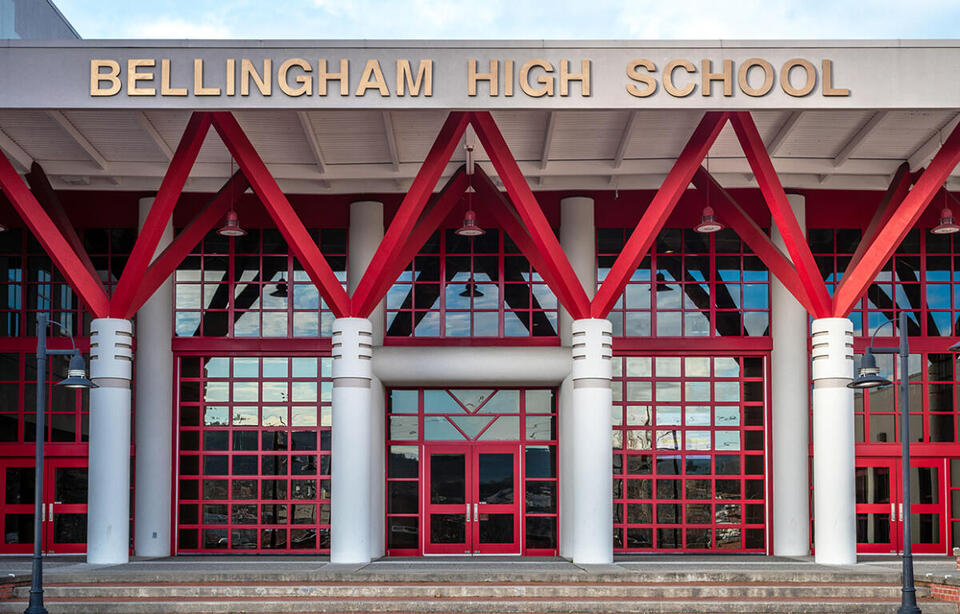Samsung's £101 Tablet Deal: A Challenger To Apple's IPad?

Table of Contents
Spec Showdown: Samsung Tablet vs. iPad
To accurately assess the Samsung tablet's potential to disrupt the market, we need a head-to-head comparison with a comparable iPad model. While the exact model of the £101 Samsung tablet may vary depending on retailer and availability, we'll focus on key performance indicators to highlight the differences.
Processor and Performance
The processing power is a critical area of comparison. A budget Samsung tablet, likely featuring a processor like the Samsung Exynos 850, will naturally lag behind the A-series chips found in iPads (e.g., the A13 Bionic in older models or the more recent M-series in newer ones).
- Samsung Exynos 850: Offers sufficient performance for basic tasks like web browsing, email, and streaming. Expect some slowdown with demanding games or multitasking.
- Apple A13 Bionic (or later): Significantly faster and more efficient, delivering seamless performance even with graphically intensive apps and multiple open programs.
Benchmarks show a considerable performance gap, with the iPad significantly outperforming the Samsung tablet in demanding tasks. However, for everyday use, the Samsung tablet's performance is perfectly acceptable.
Screen and Display Quality
Screen quality is another key differentiator. The Samsung tablet likely features an IPS LCD screen, while iPads boast vibrant Retina displays.
- Samsung Tablet (IPS LCD): Provides adequate screen resolution for everyday use. Expect good viewing angles and acceptable colour accuracy, but not the same vibrancy as a Retina display.
- iPad (Retina Display): Offers superior colour accuracy, higher resolution, and greater brightness, resulting in a significantly more immersive visual experience.
While the Samsung tablet's screen won't match the visual fidelity of the iPad, it’s perfectly suitable for casual browsing, video streaming, and reading ebooks.
Storage and Expandability
Storage capacity and expandability are often overlooked but crucial aspects. Budget tablets often have limited internal storage.
- Samsung Tablet: Typically offers limited internal storage (e.g., 32GB or 64GB). However, many models include microSD card support, allowing for storage expansion.
- iPad: Offers various storage options (e.g., 64GB, 256GB, 512GB, 1TB), but generally lacks microSD card support.
The expandable storage on the Samsung tablet offers a considerable advantage for users who need to store large files or numerous apps.
Features and Functionality
Beyond the specs, features and functionality play a significant role in the user experience.
Operating System and User Interface
The Samsung tablet runs on Android, while the iPad uses iPadOS. Both operating systems have their own strengths and weaknesses.
- Android: Highly customizable, with access to the Google Play Store and a wider range of apps. Offers greater flexibility in terms of widgets and home screen layout.
- iPadOS: Known for its intuitive interface and seamless integration with other Apple devices. Offers a simpler, more streamlined experience for some users.
The choice between Android and iPadOS depends largely on individual preference and existing ecosystem.
Camera Quality
Camera quality isn't usually a primary focus for tablets, but it’s worth noting the differences.
- Samsung Tablet: Typically features a basic camera system adequate for casual snapshots and video calls. Don't expect high-quality images comparable to smartphones.
- iPad: Usually offers better camera specifications and image processing capabilities, producing higher-quality photos and videos.
For casual use, the Samsung tablet's camera is sufficient. Serious photography enthusiasts will certainly prefer an iPad or dedicated camera.
Battery Life
Battery life is a crucial factor for any portable device. Both the Samsung tablet and the iPad generally offer comparable battery life for everyday usage scenarios. Heavier usage (gaming, video streaming) will naturally impact battery longevity for both.
Value for Money and Target Audience
The main selling point of the Samsung £101 tablet is its price.
Price Comparison
The price difference between the Samsung tablet and a comparable iPad is substantial. You are getting a significant saving opting for the Samsung option.
Ideal User
The Samsung £101 tablet is ideal for:
- Students: Need a device for note-taking, web browsing, and basic productivity tasks.
- Casual Users: Looking for a simple tablet for media consumption (streaming, reading ebooks) and light browsing.
- Budget-Conscious Consumers: Want a functional tablet without breaking the bank.
Conclusion
The Samsung £101 tablet deal presents a compelling value proposition. While it doesn't match the performance or display quality of an iPad, it offers more than enough functionality for everyday tasks at an incredibly affordable price. It’s important to acknowledge its limitations in terms of processing power and camera quality, but the low price point makes it a highly attractive option for those looking for a budget tablet, especially compared to other more expensive competitors. Is a high-quality tablet experience on a budget your priority? Then don't miss out on this incredible Samsung £101 tablet deal – a true challenger to the iPad! Consider this cheap Samsung tablet or this budget tablet deal if you're looking for an affordable Android tablet.

Featured Posts
-
 Katastrophenfall Am Bodensee Grossuebung Der Einsatzkraefte In Hard
May 31, 2025
Katastrophenfall Am Bodensee Grossuebung Der Einsatzkraefte In Hard
May 31, 2025 -
 Trumps Funding Threat Details On The California Transgender High School Student
May 31, 2025
Trumps Funding Threat Details On The California Transgender High School Student
May 31, 2025 -
 Remembering Bernie Kerik Giulianis Eulogy And Lasting Impact
May 31, 2025
Remembering Bernie Kerik Giulianis Eulogy And Lasting Impact
May 31, 2025 -
 Vet Fees Under Scrutiny Watchdog Explores Price Caps And Comparison Sites
May 31, 2025
Vet Fees Under Scrutiny Watchdog Explores Price Caps And Comparison Sites
May 31, 2025 -
 What Is The Good Life Defining And Pursuing Your Ideal Lifestyle
May 31, 2025
What Is The Good Life Defining And Pursuing Your Ideal Lifestyle
May 31, 2025
